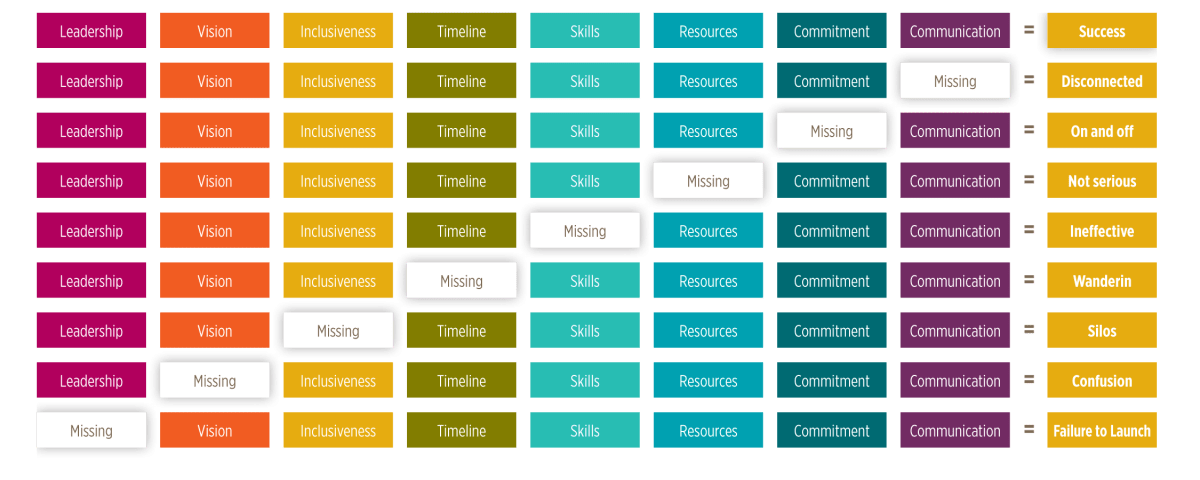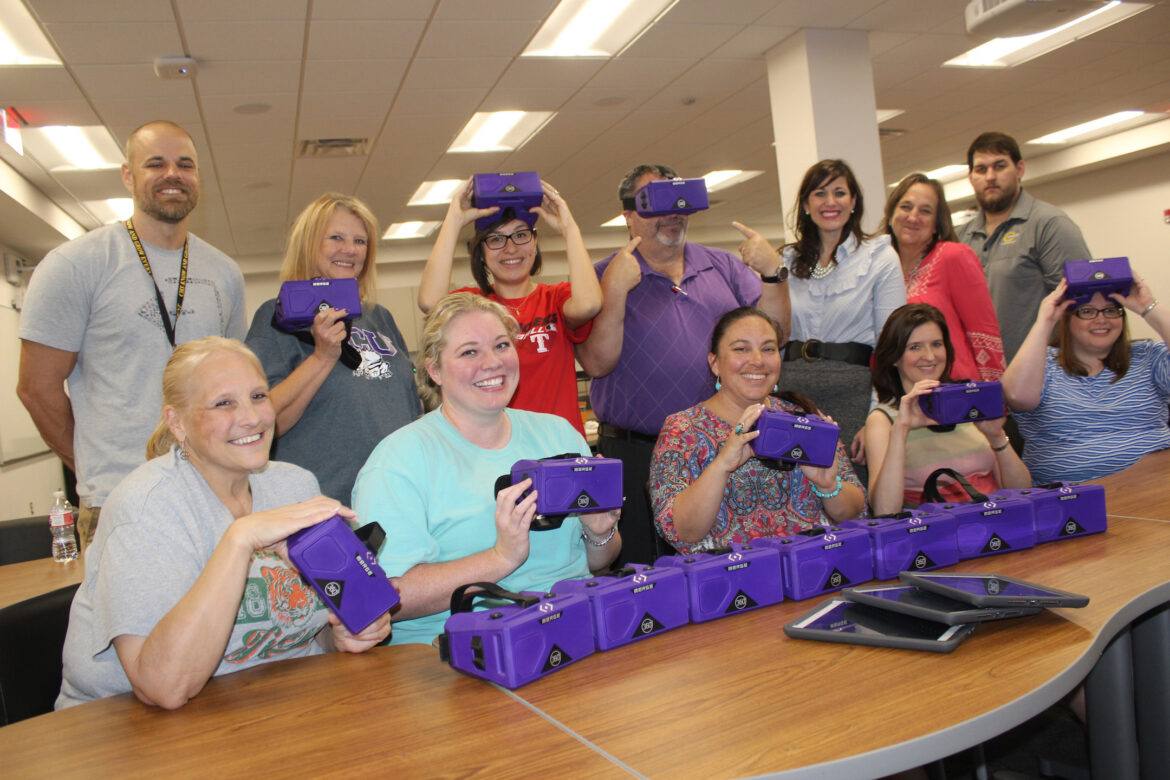There are probably a lot of things that each of us wants to change in the world today. Whether that’s how classroom teachers implement technology for learning, how people respond to each other, or just getting our children to put their toys away, change is something we are very familiar with and often seek. It might be a good idea, then, to look at what the research has to say about how to best foster change in whatever we are attempting.
The Latest Research
Grant Lichtman took a graphical representation of the steps needs for successful change done by Timothy Knoster and others in the Managing Complex Change Model first published in 1987 and added the steps he believes are necessary for school implementation of change. The graphic below illustrates those steps.

What This Means
The concept is clear. In his research, if any of the steps are not present, then a less-than-effective implementation of the new process will occur. The best way to think about this is with the illustration of rock climbing. There are a number of ways to get to the top. However, if you miss a hand or foothold, then the journey may not turn out like you hoped.
There are eight critical pieces involved in sustainable improvement:
- Leadership
- Vision
- Inclusiveness
- Timeline
- Skills
- Resources
- Commitment
- Communication
(Lichtman does an excellent job of defining each of the above steps here. )The failure to plan for any one of these will result in anything from a complete failure of the new initiative to confusion, silos, and disconnects.
As we look at implementing a new professional development program, a new technology, a different lunchroom process, whatever the change may be, we must be sure to include the eight critical steps that will ensure the new program and all of our hard work are successful.





